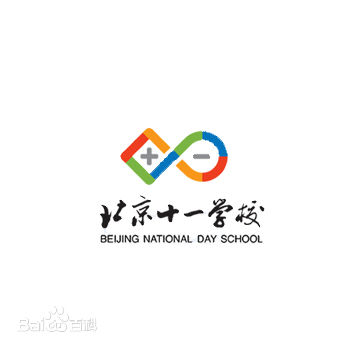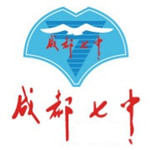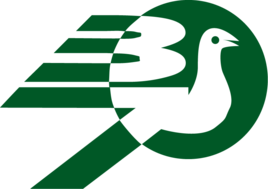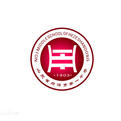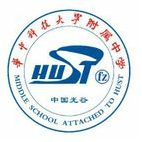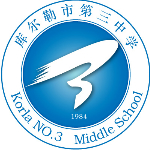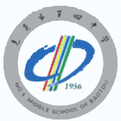ISR8001 High Speed Image Scanning Reader
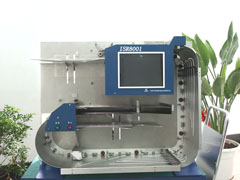
Domestic initiative, international leader has applied for 8 National patents, state key support for high-tech new products
Main performance characteristics
The function of collecting information card image enlarges the application scope of users. Users can enjoy the intelligent recognition of OCR handwritten characters and high-speed and large-capacity image information storage function while using the traditional OMR reader function.
The new design concept makes the user’s control of the reader more flexible and convenient, which fully meets the user’s management needs.
Wide to A3 format information cards can be scanned on both sides at the same time, with a speed of up to 2 sheets per second, which creates an intelligent, efficient and accurate new experience for users.
Three output bins are designed so that the reader does not have to shut down due to unqualified information card reading to affect efficiency.
Through high-speed network interface to communicate with the outside world, it greatly facilitates users’practical application needs.
Main Technical Indicators (Hardware)
The computer integrated with WINDOWS operating system is composed of several high performance CPU systems, which solidify the electronic hard disk of the operating system to ensure that the system is stable and free from virus infection.
An input paper bin with 1000 information cards
An output paper bin with 1000 information cards (Qualified – Application Selection)
Two optional paper bins that can hold 100 information cards (Unqualified – Application Selection)
Contact image scanner with red, green, blue and infrared light sources on both sides
An intelligently adjustable blocker to assist in double-sheet separation (reducing double-sheet feeding)
A dual tester to prevent misreading of double sheets (controlled by firmware)
Control of Paper Removal-Qualified Information Cards are sent to Qualified Output Paper Warehouses, and Unqualified Information Cards are sent to Unqualified Output Paper Warehouses
An optional real-time printing unit for annotation before the information card is sent to the paper bin
Two start/stop buttons to control the processing of online and offline scanners and various errors
A 9-inch LCD display for operational feedback and display of status information.
Two standard 100M Ethernet interfaces for connection of network applications and control hosts
OMR function
Users can set the machine to read OMR in 40 columns format of European Standard and 47 columns format of American Standard, or format information cards in special density format (maximum reading width is not more than 297 mm) according to users’needs.
The information standard of OMR dot recognition is fully compatible with the traditional OMR.
16-level gray level recognition ensures the accuracy of OMR dot recognition under multiple selection conditions, and the bit error rate is much lower than one millionth of the requirement.
The cutting error required for OMR dot recognition is much lower than that required for traditional OMR equipment.
Image function
One-sided or two-sided images – Software can choose red, green, blue filtering or infrared light source to work only sensitive to carbon writing, but also can carry out R, G, B three primary colors working at the same time color scanning.
Image resolution software can choose 100 dpi, 133 dpi, 200 dpi, 300 dpi, 400 dpi, 8 bit 256 gray level.
The 256-level image is converted into a black-and-white binary image by setting the domain value.
Users can define clipping areas (multiple areas/pages, including whole pages) according to application requirements.
Users can set up to automatically save images or clipping areas as JPG format files (save to the network, or control the host hard disk)
Bar code recognition, bar code can be placed horizontally or vertically
Gray-level images can be 2, 16, 256 levels
Velocity characteristics
Generally speaking, ISR8001 scans with 100 dpi resolution in conventional applications. If it scans with monochrome filtering, the speed of double-sided scanning and preserving 256-level gray-level image information of A4 information card can reach 3/sec, and that of double-sided scanning and preserving 256-level gray-level image information of A3 information card can reach 2/sec, while in true-color scanning, A4 information card can reach 2/sec. The speed of scanning and saving true color images on both sides of the information card can reach 2 sheets per second.
Printing information provided by user program on each information card should limit the speed of various applications to two sheets per second in A4 format, otherwise it will affect the quality of printing.


